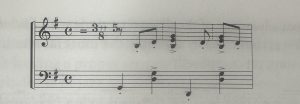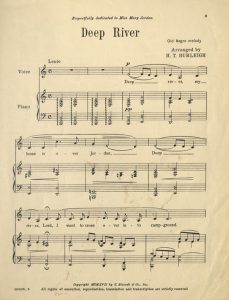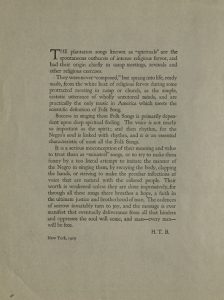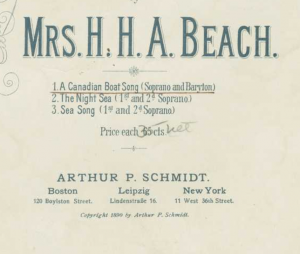In the November 1881 issue of The Youth’s Companion Carlisle Petersilea wrote and article titled “The Study of Music at Home and Abroad.” In this article Petersilea makes a staunch defense of music education in the United States during the late 19th century, making the claim that music education in America is “equal and in many respects superior in this country to those in europe.” This is certainly an ambitious claim to make; Petersilea supports his claim with sections titled “teachers of music in America,” “Musical taste and cultivation,” “Abuse of the piano,” and “Incompetent teachers.”
A short note about Petersilea. According to the New England Conservatory’s archival library Petersilea was an extremely accomplished pianist, having first studied with his father and giving his first public recital at age 12 and traveling to europe at age 18 (ironic isn’t it) to study at the conservatory in Leipzig. He taught at the NEC from 1868-1869 and again from 1887-1891. He even spent the spring of 1884 with Franz Liszt. The dude had some clout.
The article is very long and cannot be discussed in its entirety here so I will summarise a short section. Specifically, “Teachers of Music in America” can be summarised thus: The best performers are not necessarily the best teachers, students of these teachers suffer unless they have the same talent or genius as the teacher. Petersilea believes there is no royal road to music, only work. And American musicians understand this fact and only those without the talent and work ethic go to Europe to try to overcome their lack of talent and willingness to work hard.
Petersilea had strong opinions on the state of music education during the late 19th century. He rails repeatedly against the poor teaching standards he views across the United states . With that said he also believes so firmly in the western classical education being done by some in the United States. This is particularly interesting considering how the idea of an “American” national sound was developing in this time. There was much discussion on what an American sound would be. Petersilea was almost certainly aware of the works of composers such as George Chadwick, John Paine, and Amy Beach.
This article exists as a time capsule in the history of western art music and its development in the United States. Petersilea’s perspective is, in my opinion, antiquated and a little suspect for today. With that being said the article provides valuable insight to the thoughts of a generation of conservatory music educators.
Works Cited
NECMusic. “Carlyle Petersilea.” Accessed October 2, 2024. https://necmusic.edu/on-campus/library/archives-and-special-collections/archival-collections/carlyle-petersilea/.
For the Companion, Supplement Carlyle Petersilea. 1881. “THE STUDY OF MUSIC: AT HOME AND ABROAD TEACHERS OF MUSIC IN AMERICA WHAT IS REQUISITE IN A MUSIC TEACHER MUSICAL TASTE AND CULTIVATION THE ABUSE OF THE PIANO INCOMPETENT TEACHERS CULTIVATION AND TREATMENT OF THE VOICE BENEFITS OF CLASS TEACHING PRACTICAL HINTS.” The Youth’s Companion (1827-1929), Nov 10, 422. https://www.proquest.com/magazines/study-music/docview/127043103/se-2.





